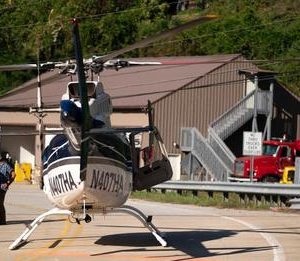The European Space Agency’s Hera mission is expected to lift off aboard a SpaceX Falcon 9 rocket at 10:52 a.m. ET on Monday from NASA’s Kennedy Space Center in Florida. If Hera doesn’t launch on Monday, there are opportunities until October 27, according to the ESA.
The spacecraft and its two CubeSat companions are slated to arrive at the asteroid Dimorphos, and the larger asteroid it orbits named Didymos, in late 2026. Together, the three spacecraft will conduct a “crash scene investigation” to solve the remaining mysteries about the double-asteroid system, according to ESA scientists.
NASA planned the DART, or Double Asteroid Redirection Test, mission to carry out a full-scale assessment of asteroid deflection technology on behalf of planetary defense. The agency wanted to see whether a kinetic impact — such as crashing a spacecraft into an asteroid at 13,645 miles per hour (6.1 kilometers per second) — would be enough to change the motion of a celestial object in space.
Neither Dimorphos nor Didymos poses a danger to Earth. Still, the double-asteroid system was a perfect target to test deflection technology because Dimorphos’ size is comparable to asteroids that could threaten Earth.



